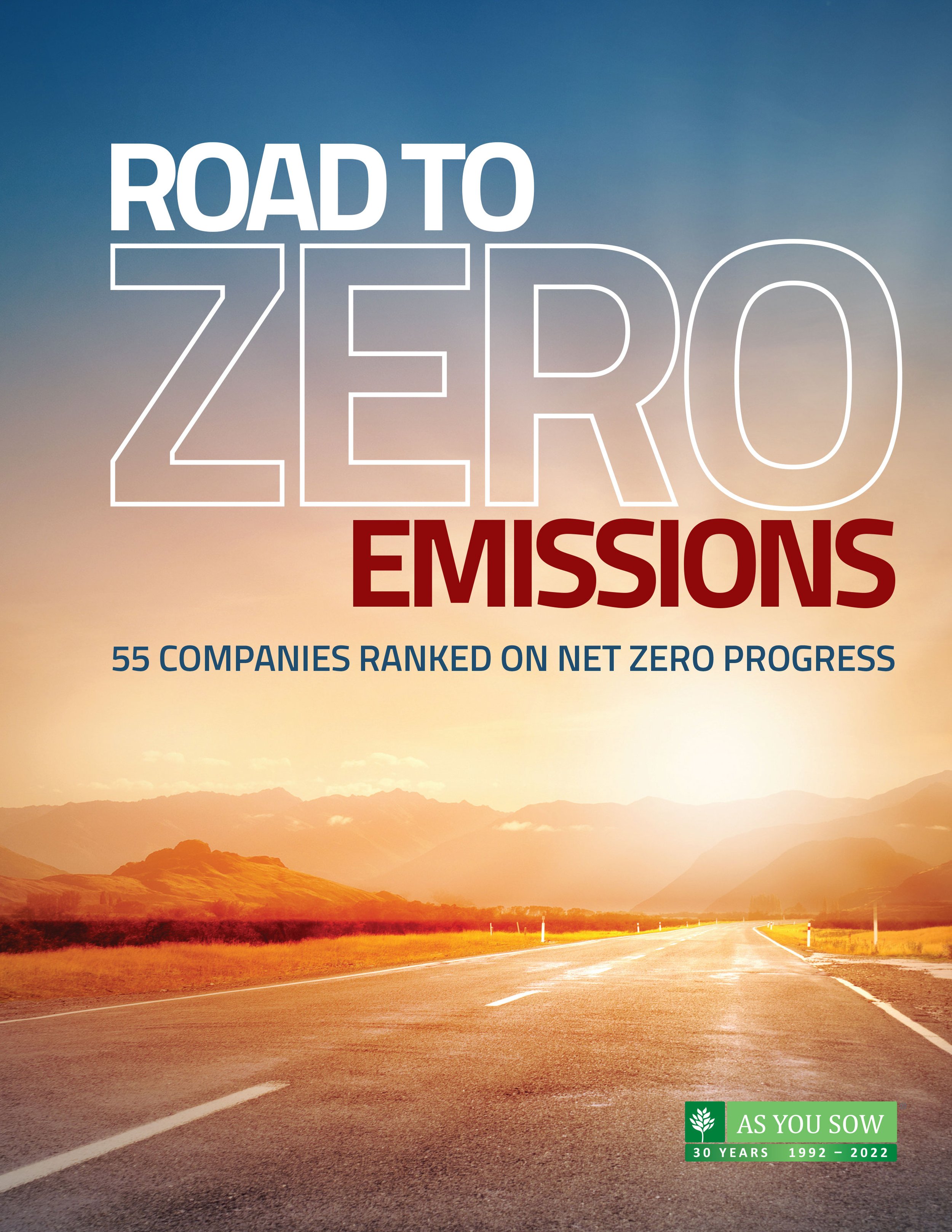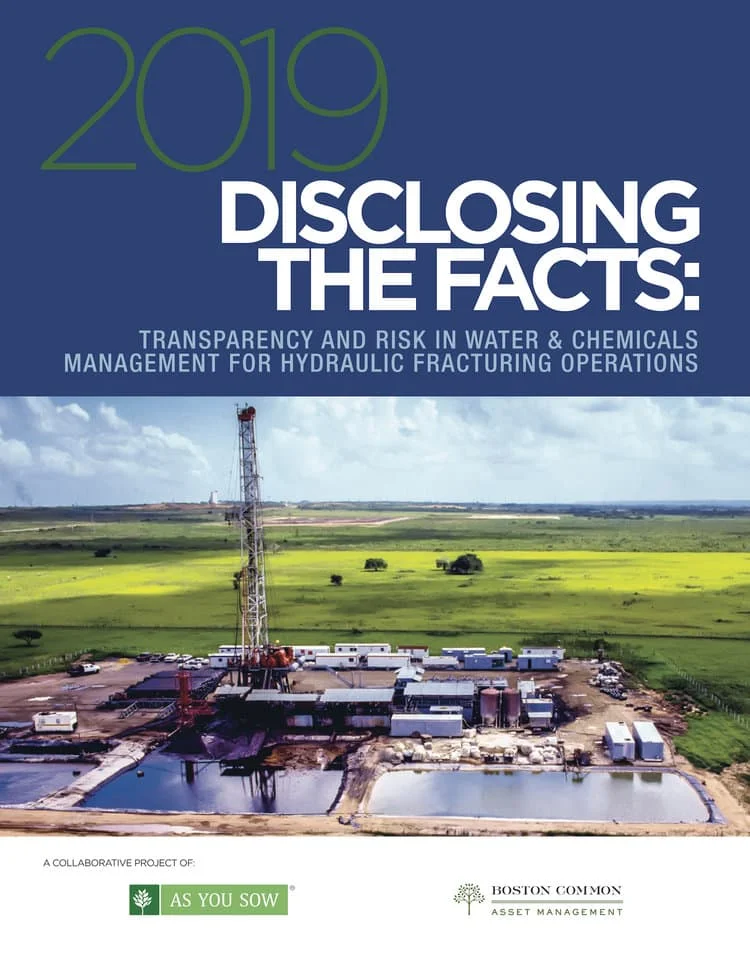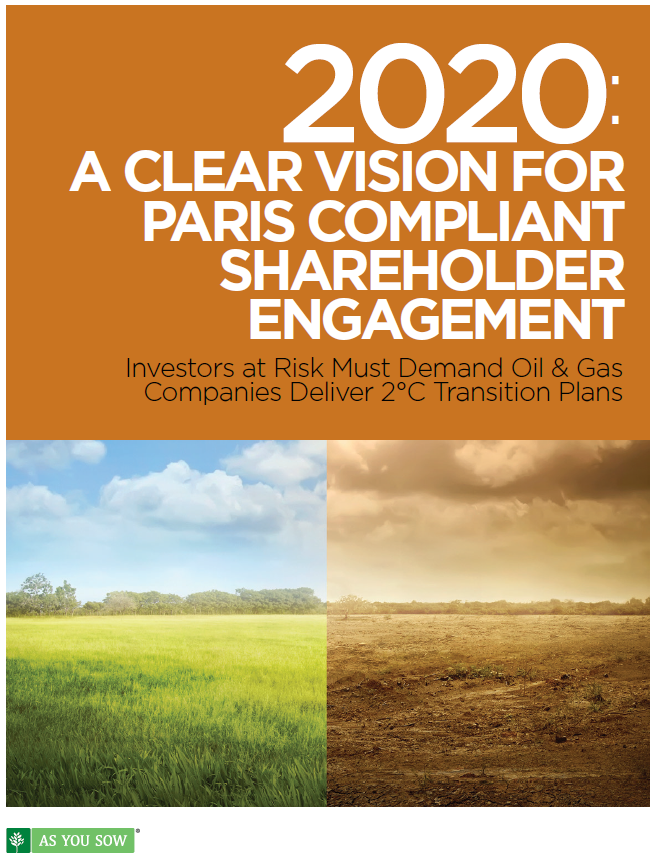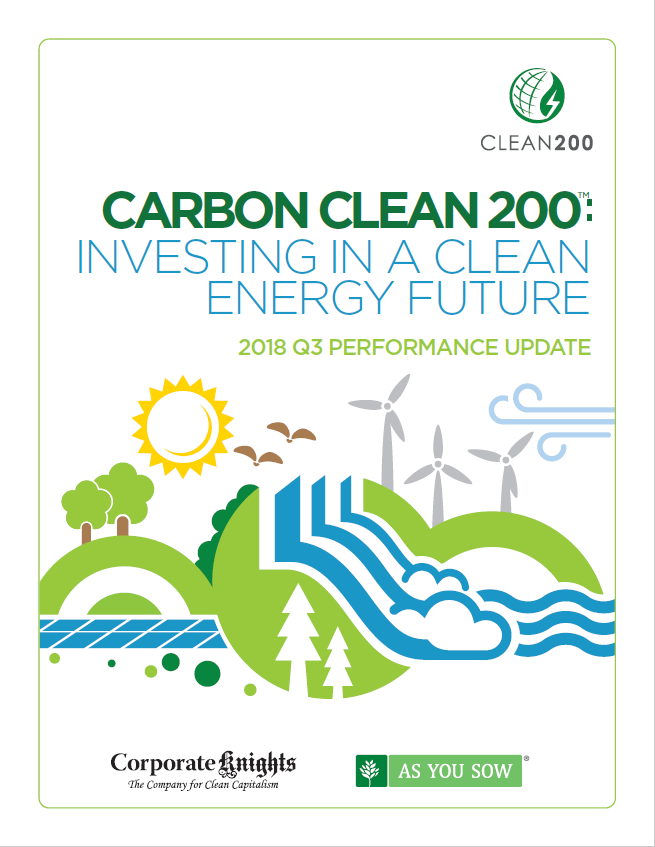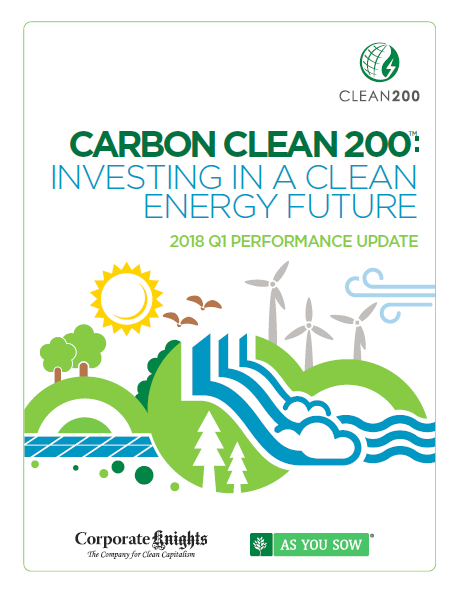The Clean200 lists the 200 major corporate players from 35 countries around the world that are at the forefront of this transition. These are the companies that are leading the way by putting sustainability at the heart of their products, services, business models and investments, helping to move the world onto a more sustainable trajectory.
Read MoreLinking greenhouse gas emission reduction targets to executive compensation is one important lever by which CEOs can be incentivized to achieve timely and systematic progress on climate. This second edition of the Pay for Climate Performance report analyzes how effectively 100 of the largest U.S. companies by market capitalization, across 11 sectors of the economy, are currently linking GHG emissions reduction incentives to CEO remuneration. These 100 companies collectively represent a market capitalization of $28 trillion.
Read MoreThe Clean200 lists the 200 major corporate players from 35 countries around the world that are at the forefront of this transition. These are the companies that are leading the way by putting sustainability at the heart of their products, services, business models and investments, helping to move the world onto a more sustainable trajectory.
Read MoreThe scorecard presents an assessment of the progress made by 100 of the largest U.S. corporations in reducing greenhouse gas (GHG) emissions to align with the Paris Agreement to limit global temperature rise to 1.5°C. These corporations collectively represent a market capitalization of $21 trillion across all 11 sectors of the economy.
Read MoreThe Clean200 lists the 200 major corporate players from 35 countries around the world that are at the forefront of this transition. These are the companies that are leading the way by putting sustainability at the heart of their products, services, business models and investments, helping to move the world onto a more sustainable trajectory.
Read MoreLinking greenhouse gas (GHG) emissions targets to compensation is one important means by which CEOs can be incentivized to achieve timely and systematic progress on climate. This report is a first step in assessing how effectively companies are currently linking GHG emissions reduction incentives to CEO pay.
Read MoreThis report assesses the progress of 55 of the largest U.S. corporations in reducing greenhouse gas (GHG) emissions in line with the Paris Agreement’s objective of limiting global average temperature rise to 1.5 degrees Celsius above pre-industrial levels, which requires achieving “net zero” emissions by 2050.
Read MoreCorporate Knights and As You Sow have released the annual update of the Clean200™ global list of publicly traded companies that are leading the way with solutions for the transition to a clean energy future.
Since our first report was launched in the summer of 2016 a great deal has changed in the world.
Read MoreThis report compares millions of proxy voting records from January 2015 to June 2020 to commercial relationships, which uncovers the fact that all major fund managers considered — BlackRock, State Street, T. Rowe Price, and Vanguard — vote with management of their customers at a significantly higher rate compared to non-customers.
Read MoreThe energy sector is facing significant demand reduction for fossil fuel products as the world transitions to cleaner sources of electricity and fuel in response to the climate crisis.
Read MoreWe are pleased to present the 2021 Carbon Clean 200™ list of publicly traded companies that are leading the way with solutions for the transition to a clean energy future.
Read MoreThis report serves to inform investors about the evolving risks associated with the use of natural gas within the power sector. At a time when investors are paying increasing attention to power utilities’ exposure . . .
Read MoreWe are pleased to present the 2020 Carbon Clean 200™ list of publicly traded companies that are leading the way with solutions for the transition to a clean energy future.
Read MoreThis report is the next installment in a series of scorecard reports designed to promote improved disclosure and corporate responsibility in the oil and gas sector.
Read MoreWe are pleased to present the 2019 Q1 Carbon Clean 200™ list of publicly traded companies that are leading the way with solutions for the transition to a clean energy future.
Read MoreThe emissions of the oil & gas industry collectively account for approximately half of global carbon dioxide (CO2) emissions. If fossil fuels continue to be extracted at the same rate over the next 28 years, as they were between 1988 and 2017, global average temperatures would be on course to rise 4°C by the end of the century. Such an increase will have catastrophic consequences.
Read MoreWe launched the Carbon Clean 200 in August 2016 and have updated it every six months to test a model looking at 200 global companies defining the "clean energy future."
Read MoreMethane emissions across the natural gas supply chain are a major climate concern. This paper focuses on the practices that natural gas distribution companies—the entities at the end of the natural gas supply line—can implement to reduce methane emissions.
Read MoreWe launched the Carbon Clean 200 in August 2016 and have updated it every six months to test a model looking at 200 global companies defining the "clean energy future."
Read MoreDisclosing the Facts 2017 reports reflects rising investor concern that excessive methane emissions from oil and gas companies will undercut the potential benefits of substituting natural gas for coal in electric power generation, en route to a less fossil-fuel dependent energy future. Investors believe that oil and gas companies are not taking sufficient steps to address methane risks.
Read More






